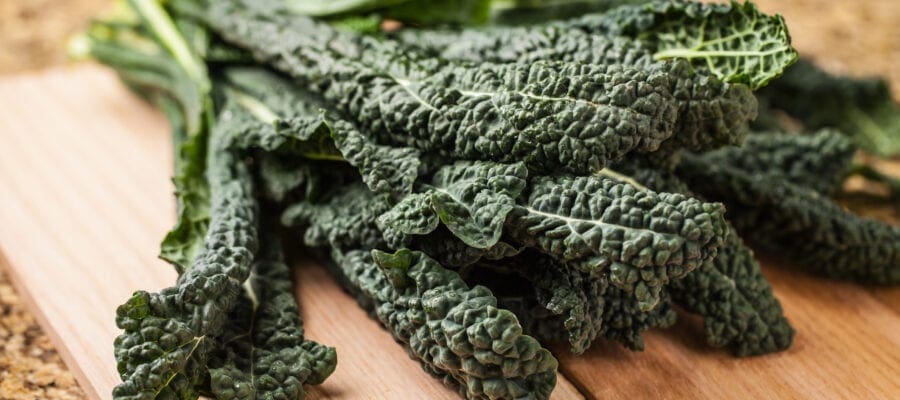Whether you’re vegan, vegetarian or just trying to cut down your meat and dairy intake, how about growing your own plant-based protein?
Growing any of your own produce is one of the best ways to reduce your carbon footprint and if you’re making the switch to a plant-based diet then why not flex your green fingers?
The experts at The Greenhouse People are on hand to give their top tips for growing your own plant-based protein…
Green and leafy
Green leafy vegetables – mostly found in the brassica family – deserve a special mention. Usually perceived as superstars for their vitamins and minerals, they also contain a surprising amount of protein.
Both kale and spinach grow well in mild climates and are at their best when allowed to mature in cool temperatures. Start spring seeds indoors or in a greenhouse about six weeks before the last frost and transfer outdoors once the temperature heats up. Keep in partial shade, water often and you could be enjoying a bountiful crop in 30-40 days.
An easy way to add more greens to your diet is introducing spinach leaves to your smoothies and salads. Alternatively, swap out less nutritious ingredients, like tortilla wraps and dipping chips, for kale leaves.
Good grains
Unrefined grains are another overlooked source of plant-based protein.
Quinoa has been grown and eaten for thousands of years around the world and this ‘mother of all grains’ can be as easily grown in the UK. Sow in April and harvest the colourful seed heads in early autumn.
Amaranth is another great grain, sown in early June in a sunny spot and harvested in Autumn. Amaranth leaves can be eaten raw in salads or cooked like spinach, while the seeds can be popped like corn or added to soups and stews.
Super seeds
Seeds are one of the best sources of plant-based protein, enjoyed sprinkled over your porridge or smoothie, your lunchtime salad or as a snack on the go.
As well as being versatile in the kitchen, some seeds are the by-product of plants you might already grow such as pumpkins or sunflowers.
Chia and flax seeds are also very easy to grow at home. Just sprinkle seeds on a weed-free and well-mulched area of your garden. Water well, but when seed heads appear stop until they ripen and turn golden yellow, before pulling up the plants and hanging them to dry out.
You’ll also have seeds to regrow in your garden next year and a protein-packed ingredient for your kitchen.
Go nuts
For the gardener up for the challenge, growing your own nuts is an unusual way to save money and up your protein intake.
Hazelnuts are a highly nutritious nut that can be expensive to buy from supermarkets. Thankfully, they’re suitable for garden growing, so you don’t need a woodland.
Start your hazelnuts in a pot and transfer to the ground during winter, digging a hole large and deep enough to comfortably accommodate the roots. Remove any weeds and vegetation in the surrounding soil and mulch well. Keep well hydrated during the first year, then your hazelnut tree will be low maintenance.
Give peas a chance
Peas, a protein-rich legume, are an easy and reliable crop and an ideal way to introduce children to growing their own. For a higher chance of success, plant seedlings indoors and transfer them outside once the soil warms up.
Pea plants like a moist, fertile and well-drained soil. Avoid using nitrogen-rich fertilisers, as this will cause leafy growth as opposed to producing pea pods.
Peas taste incredibly sweet picked right from the garden about three weeks after the flowers appear but can be cooked up into dishes like risotto or protein-packed side dish.
Twist ‘n’ sprout
If you don’t have a garden, it’s still possible to grow your own protein. The seeds of the alfalfa plant will grow on your kitchen windowsill and once sprouted can rival meat in nutritive value.
Simply add two tablespoons of seeds to a bowl, and cover with twice the amount of water. Let them soak overnight, then drain and rinse. Repeat rinsing and draining twice a day for about three days. Once the sprouts have reached the desired length, they’re ready to eat.
By The Greenhouse People





